Transport
At the beginning of the 20th century, the Asturian coal industry underwent an expansion period, and so did Ferrocarril de Langreo. Then, the new port of El Musel was put into operation using some of the Ferrocarril de Langreo tracks. On the other hand, new branches and loading bays were opened, so it was necessary to withdraw the older locomotives that the company had at that time. As a result of this situation, between 1906 and 1914, a group of nine locomotives were acquired from the Belgian manufacturer Haine Saint Pierre (series 24 to 32).
This model, the number 30, was delivered in 1910 and it started being used in a very brilliant way. As soon as it left the factory, it was sent to the Brussels International Exposition to be shown on the stand of its manufacturer. Once the exposition was over, it was finally shipped to Asturias.
These locomotives were conceived in the classic Ferrocarril de Langreo way for almost a century. They had three coupled axles, suitable both for line and shunting operations in the different coal loading bays along the route. Their water tank, located above the wheels, gave them a powerful and very characteristic appearance. Throughout their useful life, these locomotives showed a great reliability and were used for all kinds of services. They worked both as passenger and coal trains in both sections of the Langreo line, which was divided by the inclined plane of La Florida.
They remained in service until the incorporation of the first diesel locomotives in the mid-1960s. However, the number 30, together with its sister, the number 31, was kept by the company for shunting at Aboño, where it survived until the FEVE era. They were both withdrawn in the seventies and abandoned in the old Gijón station. Later, they were moved to the adjacent Renfe station which at that time was the embryo of a future Asturias Railway Museum.
It underwent restorations and was incorporated into the funds of this museum, being one of its most visible exhibits since its opening in 1998. Its twin sister, the number 31, is also part of the museum's collection, but it is still awaiting restoration.


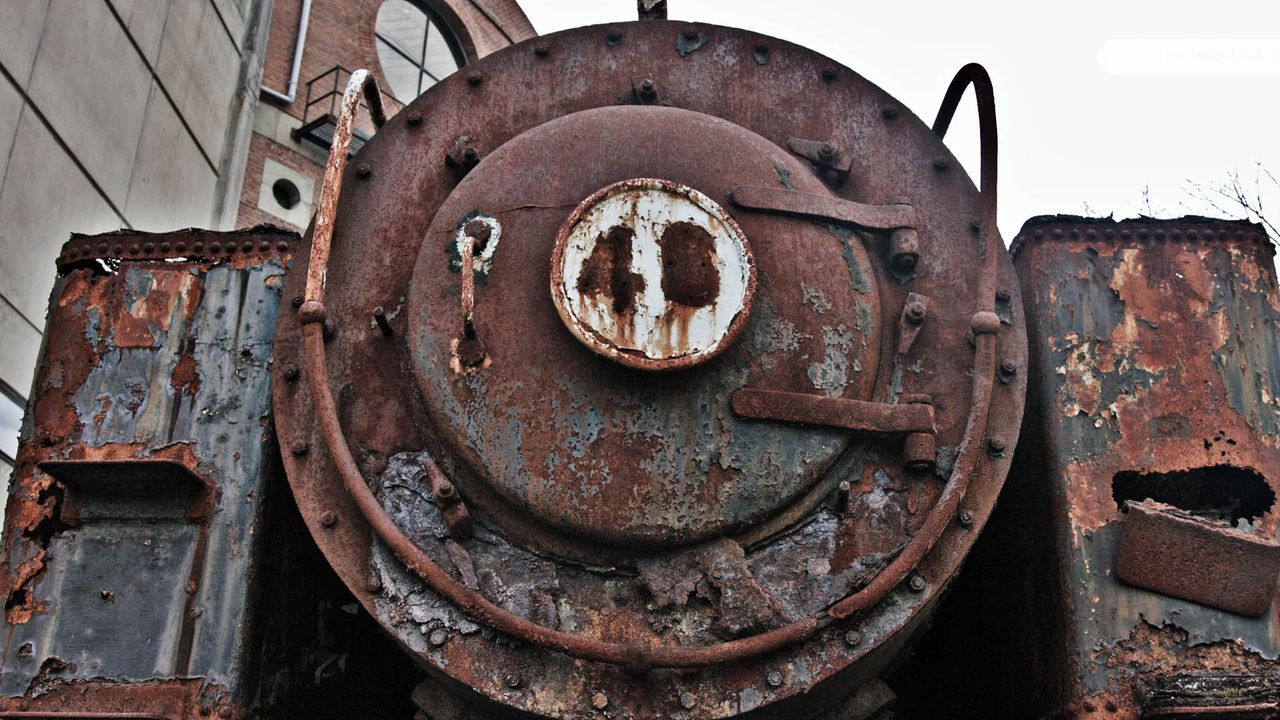

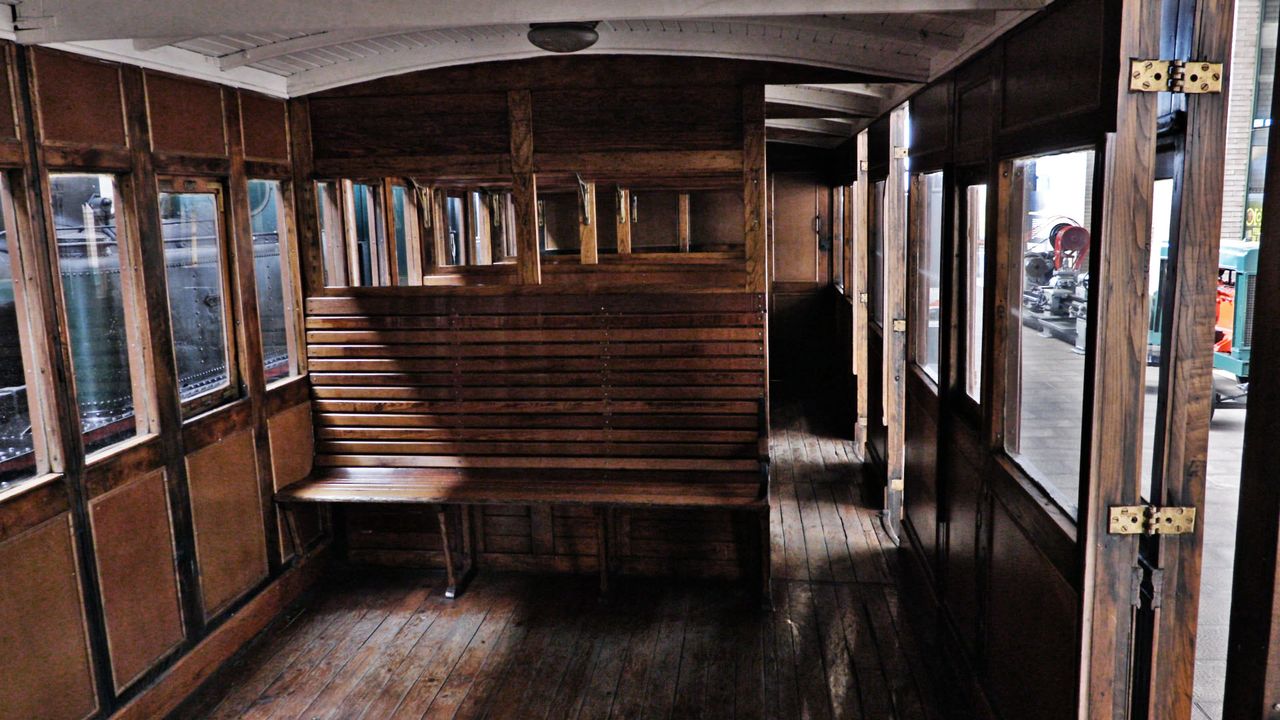
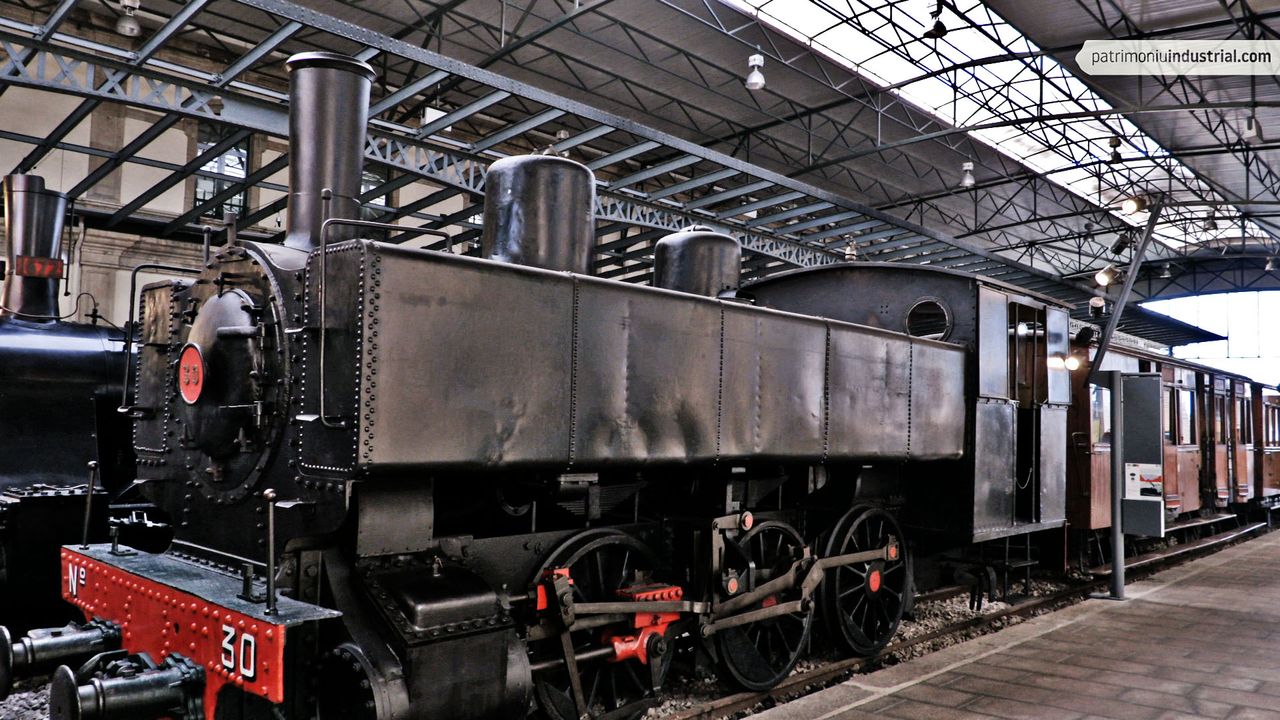
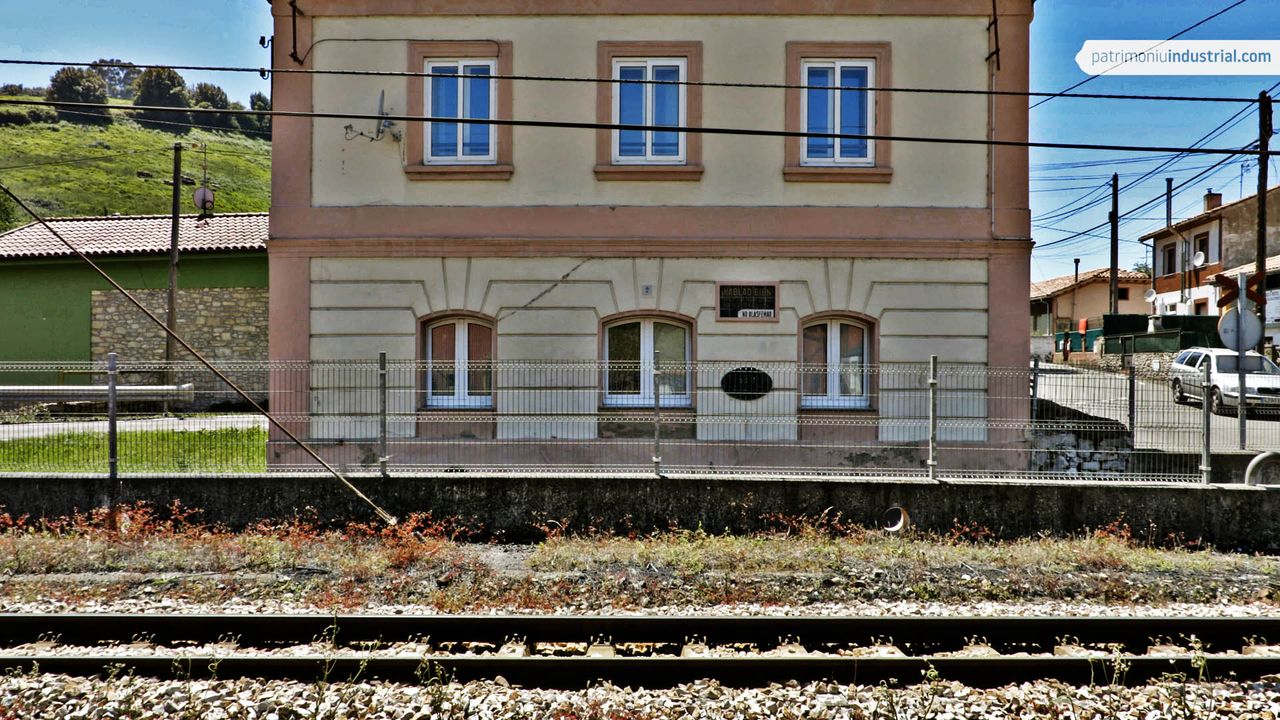

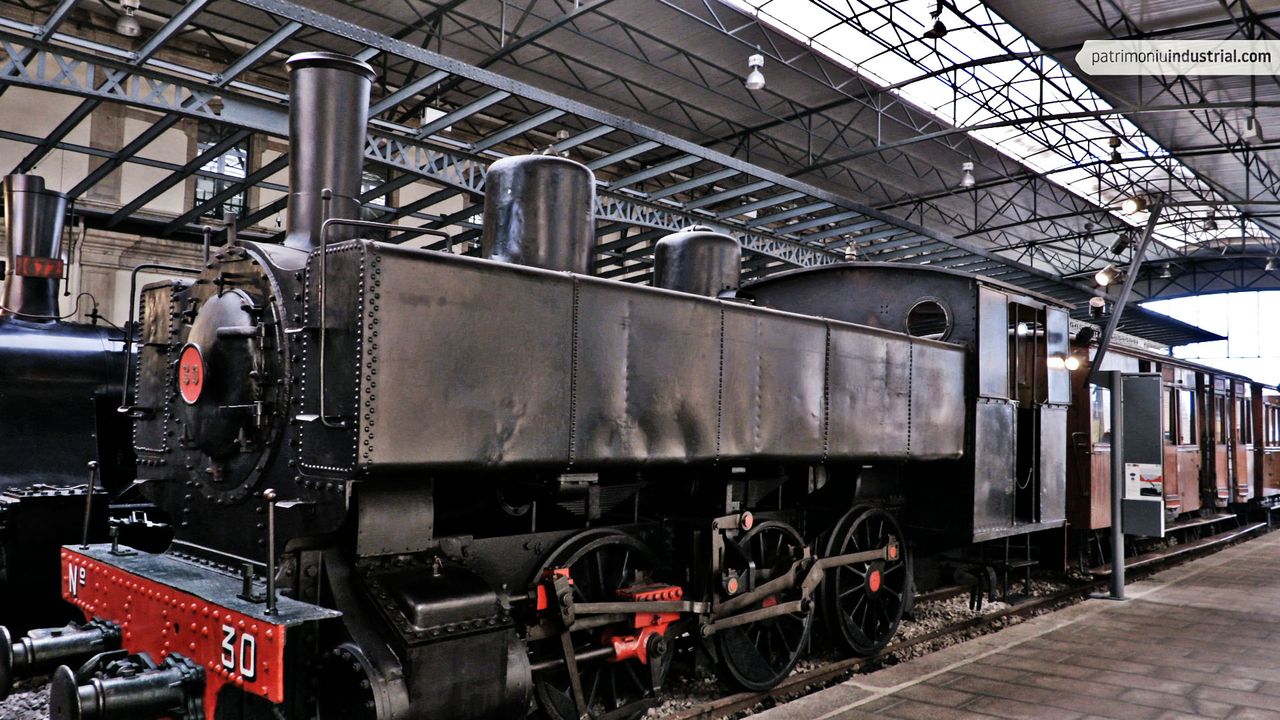
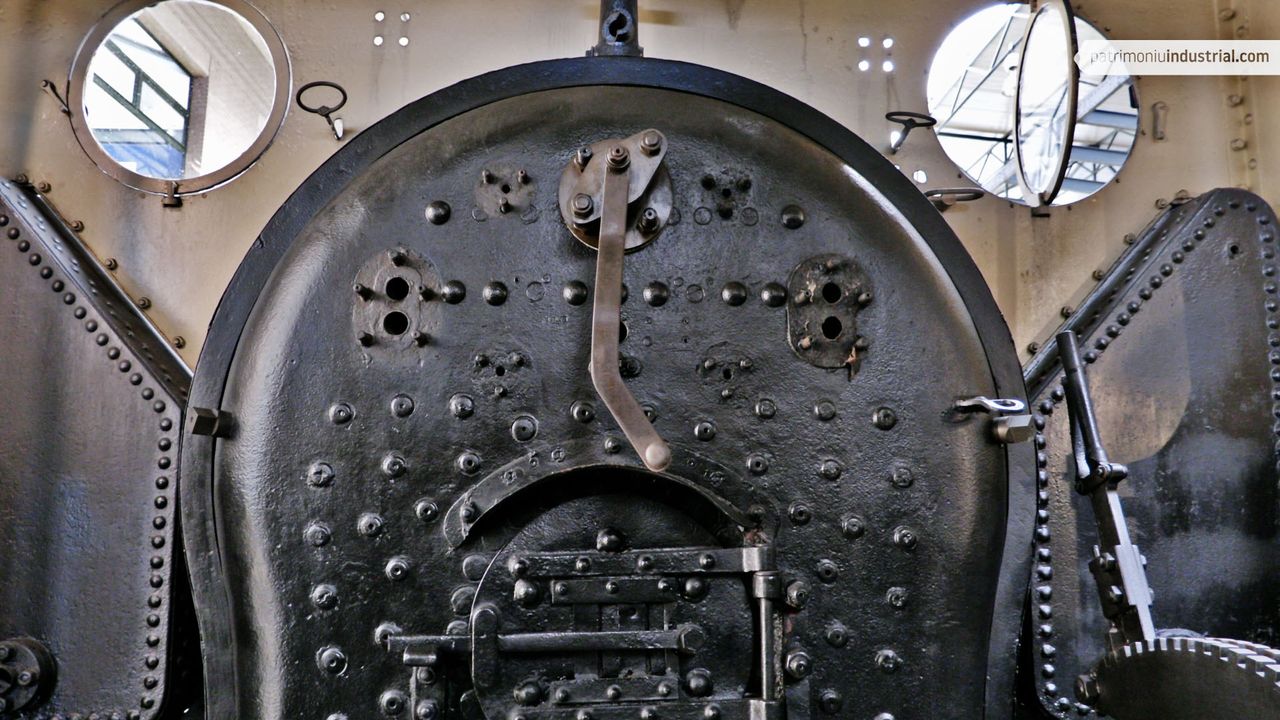
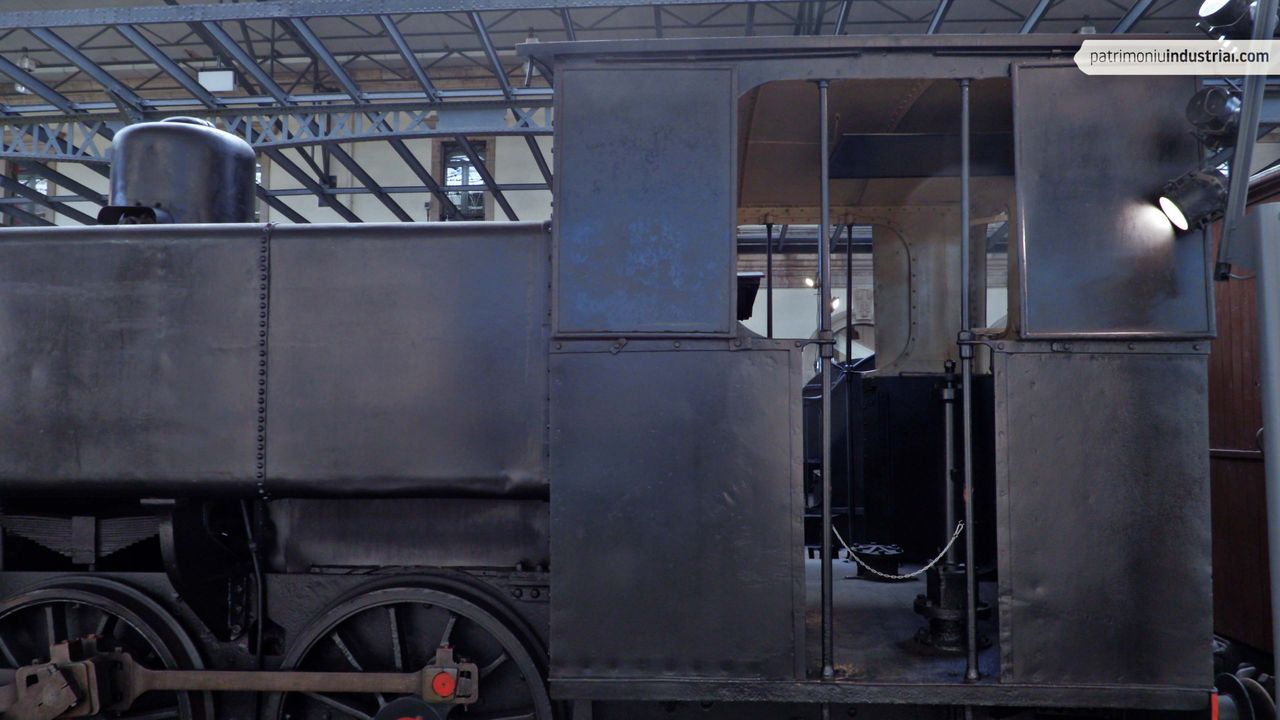
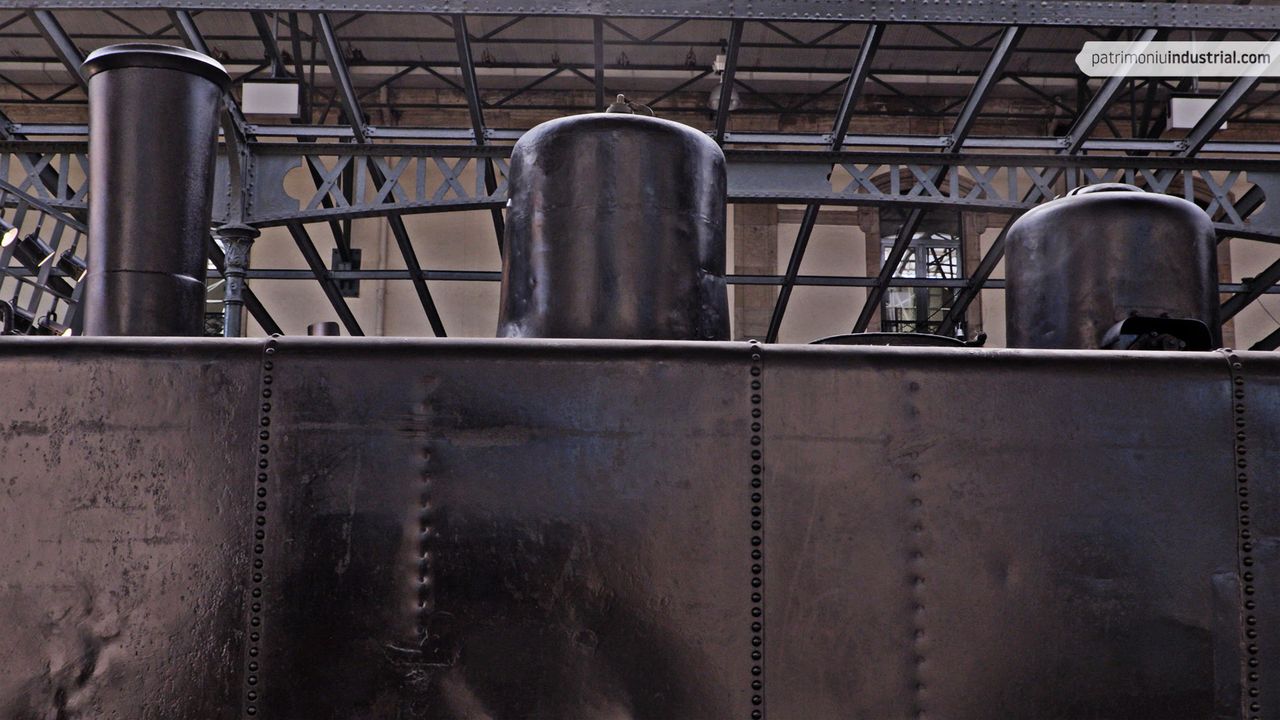
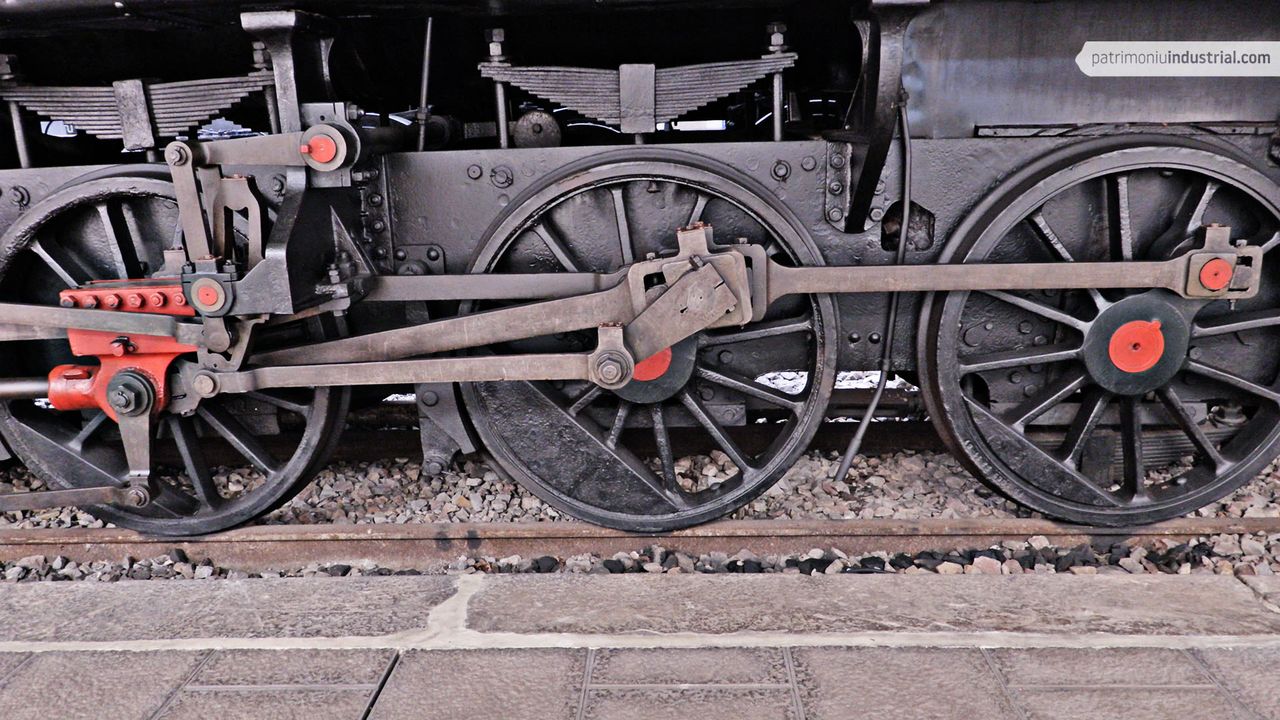
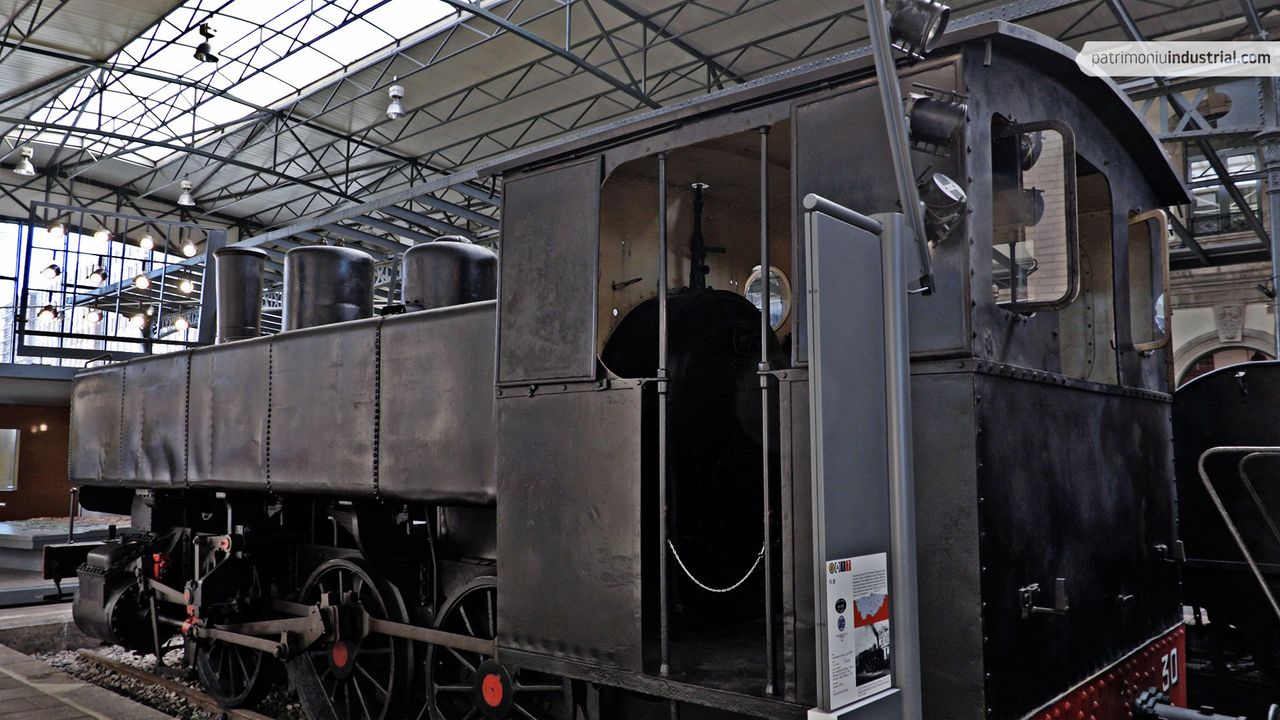
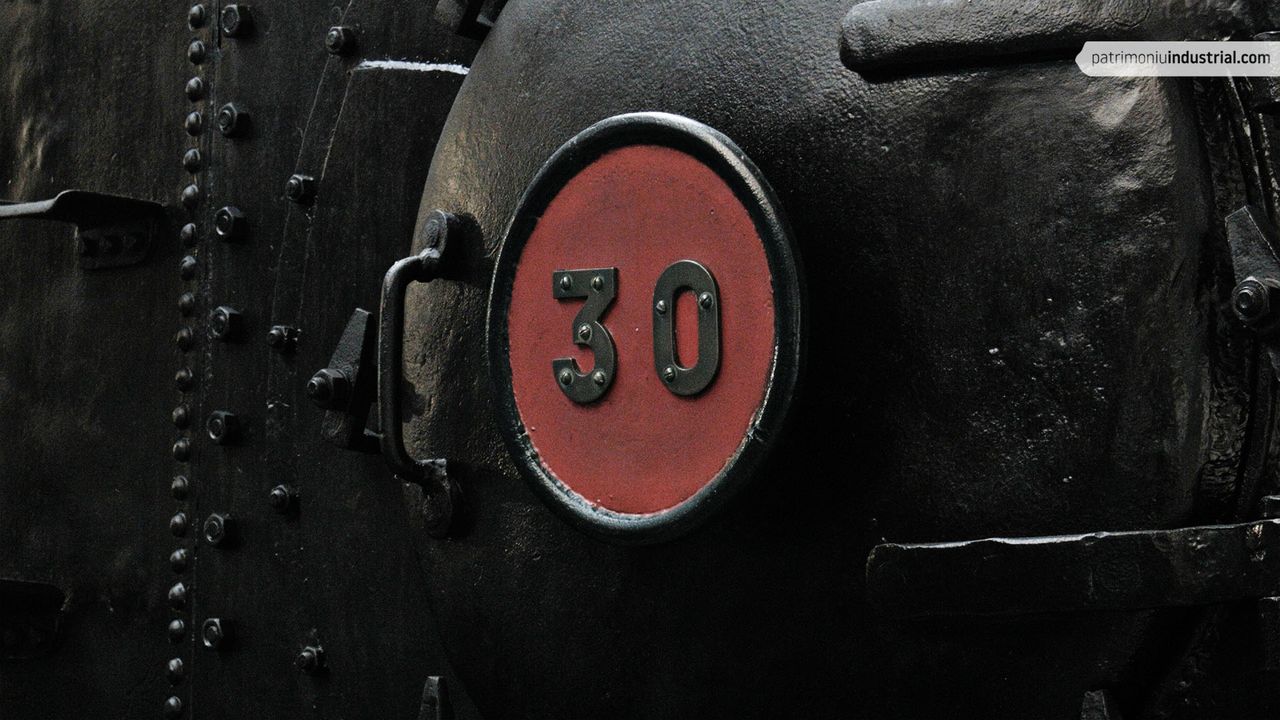
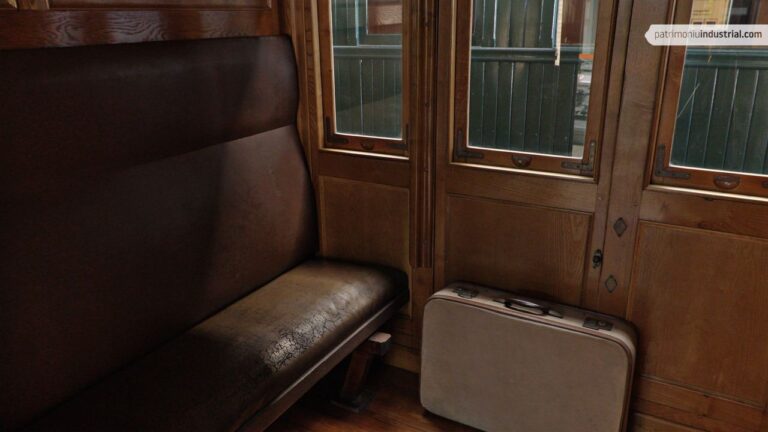

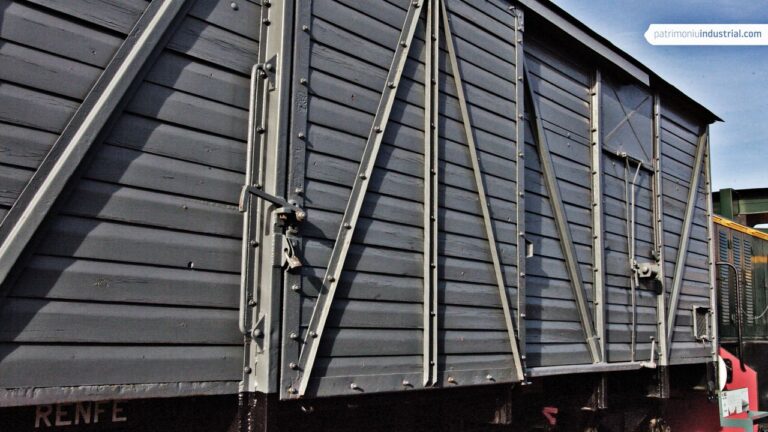

Recent Comments